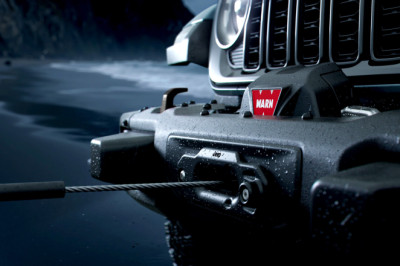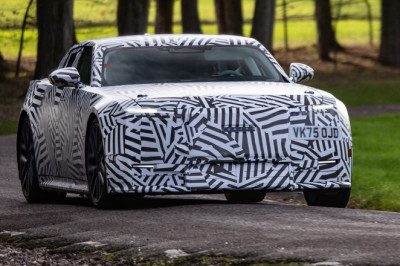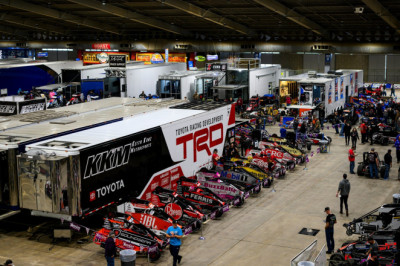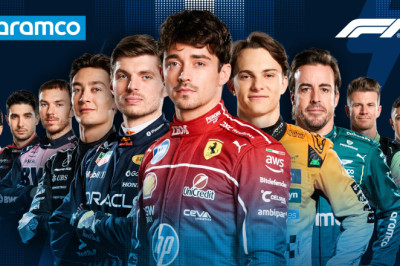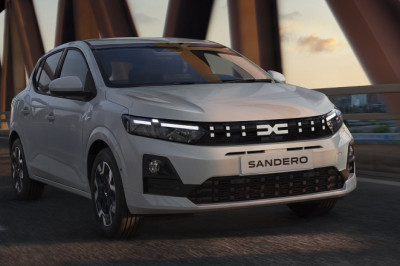Richard Hammond Takes the GT3-Engined Boxster Spyder RS to Thruxton—and He’s Furious (In a Good Way)

Richard Hammond Drives the GT3-Engined Boxster, and He's FURIOUS
From the moment Hammond slides into the driver’s seat at the Thruxton circuit, it’s clear this is more than a routine road test. The car wears its intent on its sleeve—carbon fibre everywhere, air intakes cutting the silence just behind his head, and featherweight details throughout. It’s loud, brutal, agile, and unfiltered in a way most modern cars shy away from. The badge is even a stick-on lightweight for the sake of shedding grams. Porsche didn’t slap on the massive rear wing but nearly every other go-faster trick from their GT department is here.
What’s Hammond’s major emotion after a few laps? Furious. But not at the car—at Porsche. Because, as he explains with a mix of gratitude and exasperation, this is the car the company could have built 25 years ago. Ever since the Boxster arrived in 1996 and the first hardcore 911 GT3 showed up in 1999, the recipe has sat in Porsche’s pantry. And yet, they waited decades to actually combine the best of both.
He compares the feeling to childhood Christmas mornings spent hoping for a red racing bike that, it turns out, his parents had all along—hidden in the next room. The Boxster Spyder RS, he says, is proof that Porsche could have changed the game for enthusiasts long ago but simply chose not to.
On track, the car is everything the specs promise and more. It rockets to 60mph in around 3.4 seconds, weighs about 1400kg, and offers mind-bending balance around fast corners. The 9000rpm GT3 soundtrack is positioned perfectly, reverberating just inches from Hammond’s left ear, creating an immediate and raw connection between driver and machine. The car pivots around its centre, the brakes strike the sweet spot between precision and power, and the feedback through every control is old-school driver’s delight.
The Boxster Spyder RS doesn’t just flatter the driver—it makes Hammond question whether the 911, Porsche’s historic hero, is even necessary. He suspects this sense of creeping obsolescence is one reason the car took so long to become reality. With full electrification for future Boxsters on the horizon, the timing now feels like Porsche is squeezing out all the petrol-powered magic it can before the switchover.
In Hammond’s words, this car is special—not simply because of its numbers or its badge, but because it finally gives enthusiasts a taste of the machine that Porsche could—and should—have delivered years ago.









